LAURA KAMUGISHA
Mitochondrial
2019
Video installation, HD colour, 4 min.
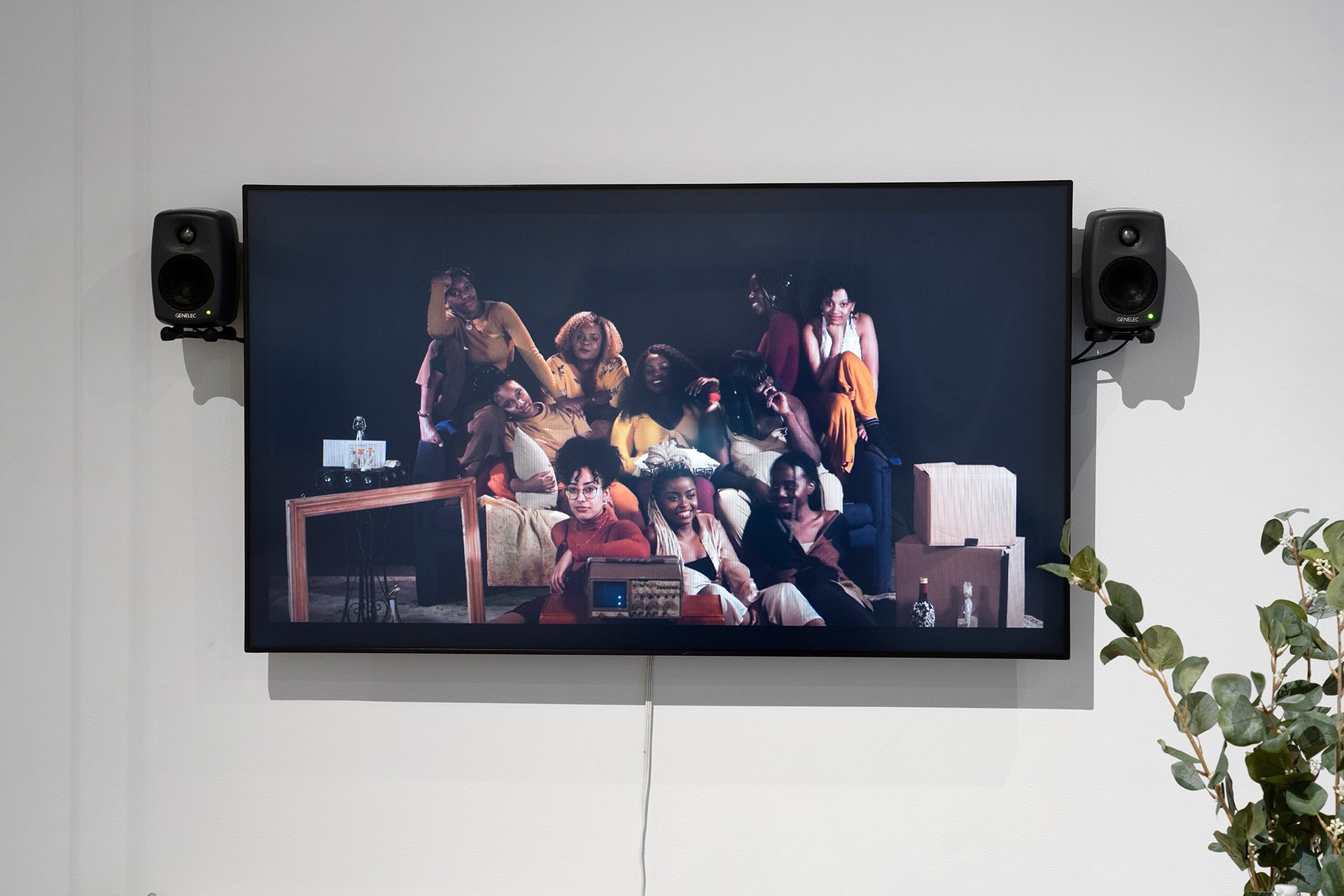 Photo by Guy L’Heureux
Photo by Guy L’Heureux
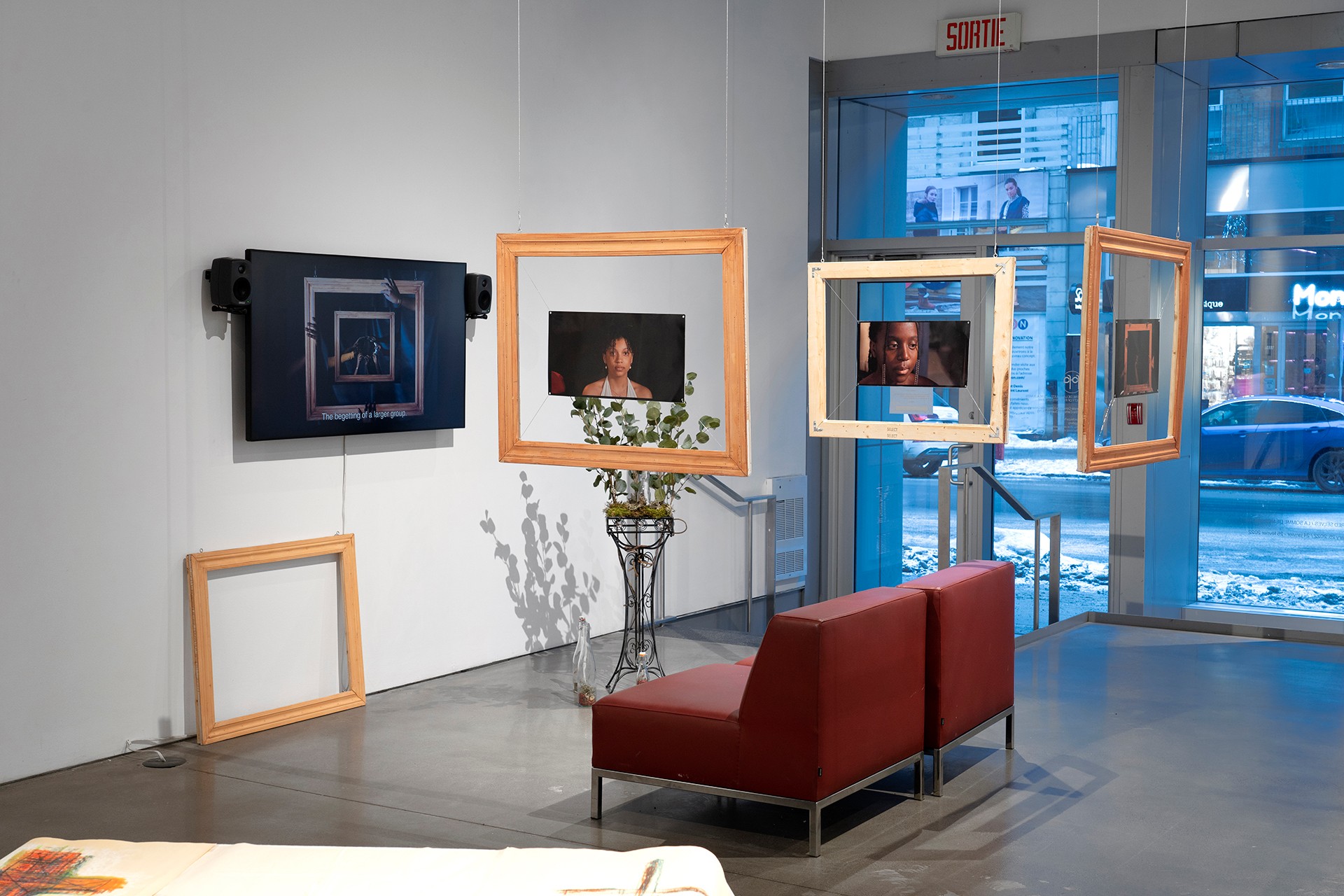 Photo by Guy L’Heureux
Photo by Guy L’Heureux
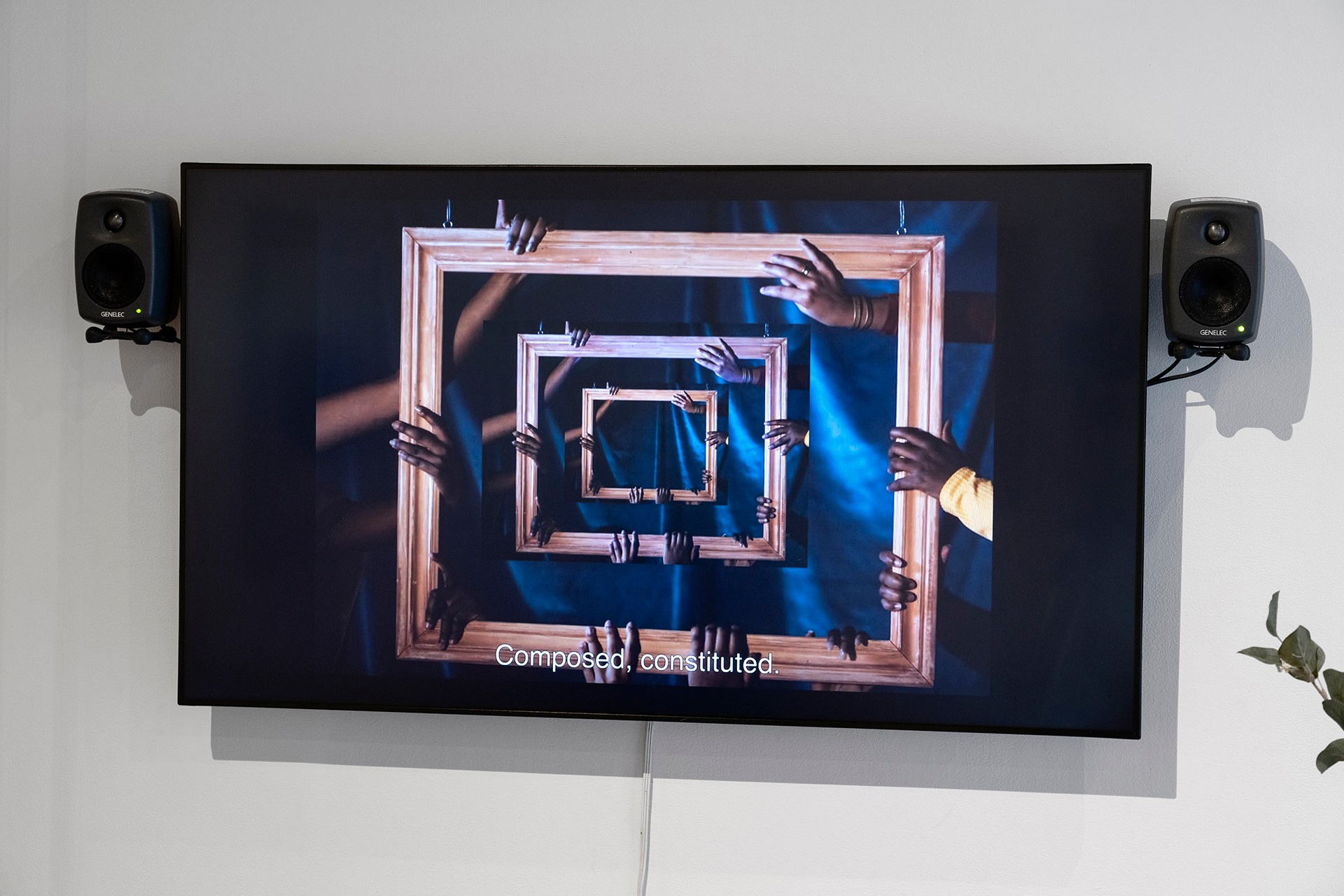 Photo by Guy L’Heureux
Photo by Guy L’Heureux
 Photo by Guy L’Heureux
Photo by Guy L’Heureux
 Photo by Guy L’Heureux
Photo by Guy L’Heureux
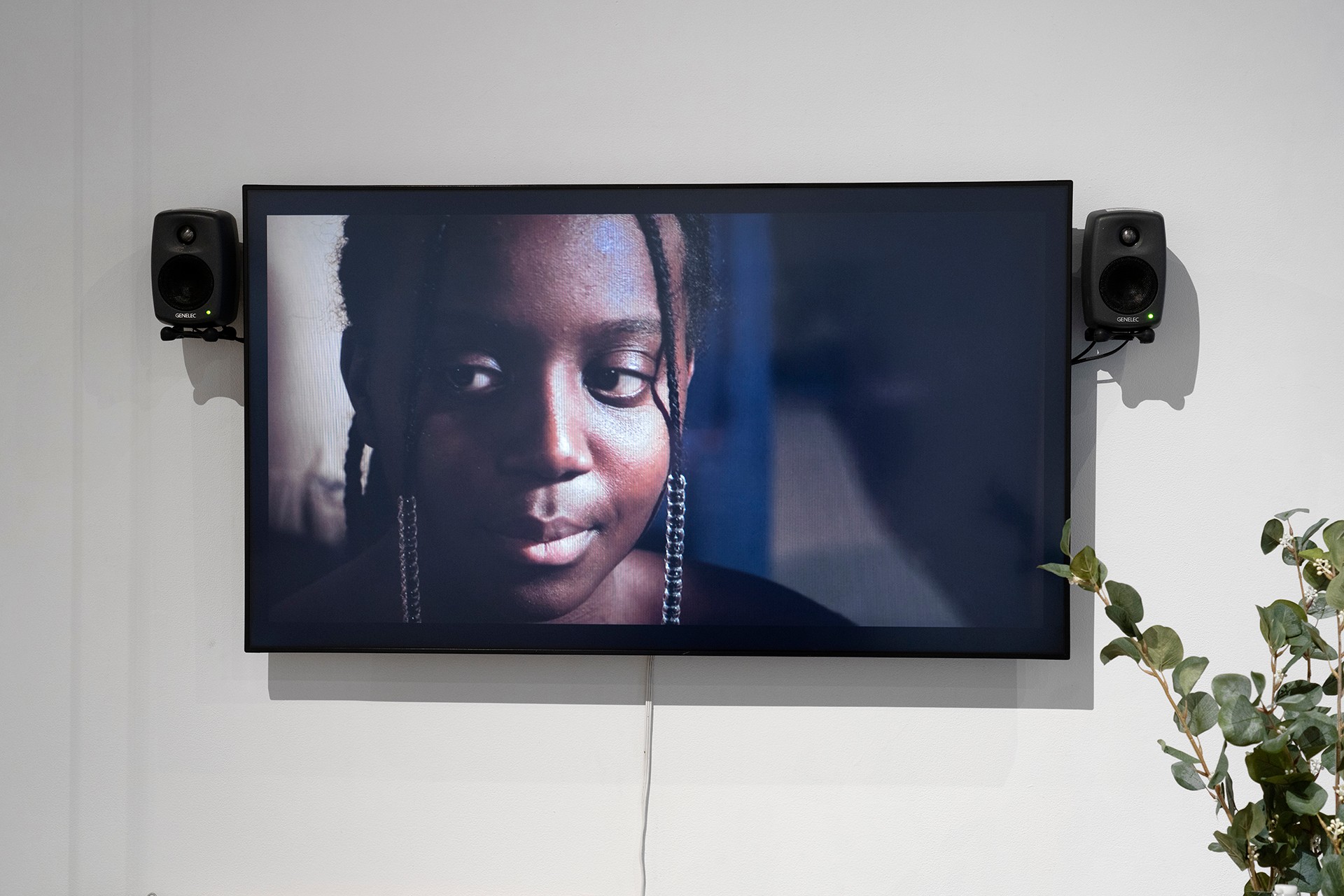 Photo by Guy L’Heureux
Photo by Guy L’Heureux
Artist’s biography
Laura Kamugisha is a filmmaker of Rwandan origin based in Montreal in Canada. Her films explore notions of cultural identity, memories and intergenerational baggage all through visual poetry. She has a bachelor’s degree in Film production at Concordia University and would describe her projects - and herself, as sensitive, stubborn and intuitive. Her works have been presented at various festivals throughout Quebec and internationally, including the Festival Nouveau Cinéma (FNC), the Montreal International Documentary Festival (RIDM) and Arica Nativa Film Festival. She is currently working on a short documentary and a short fiction film. Her latest documentary, Hyphen has played in nearly 20 festivals both nationally and internationally.
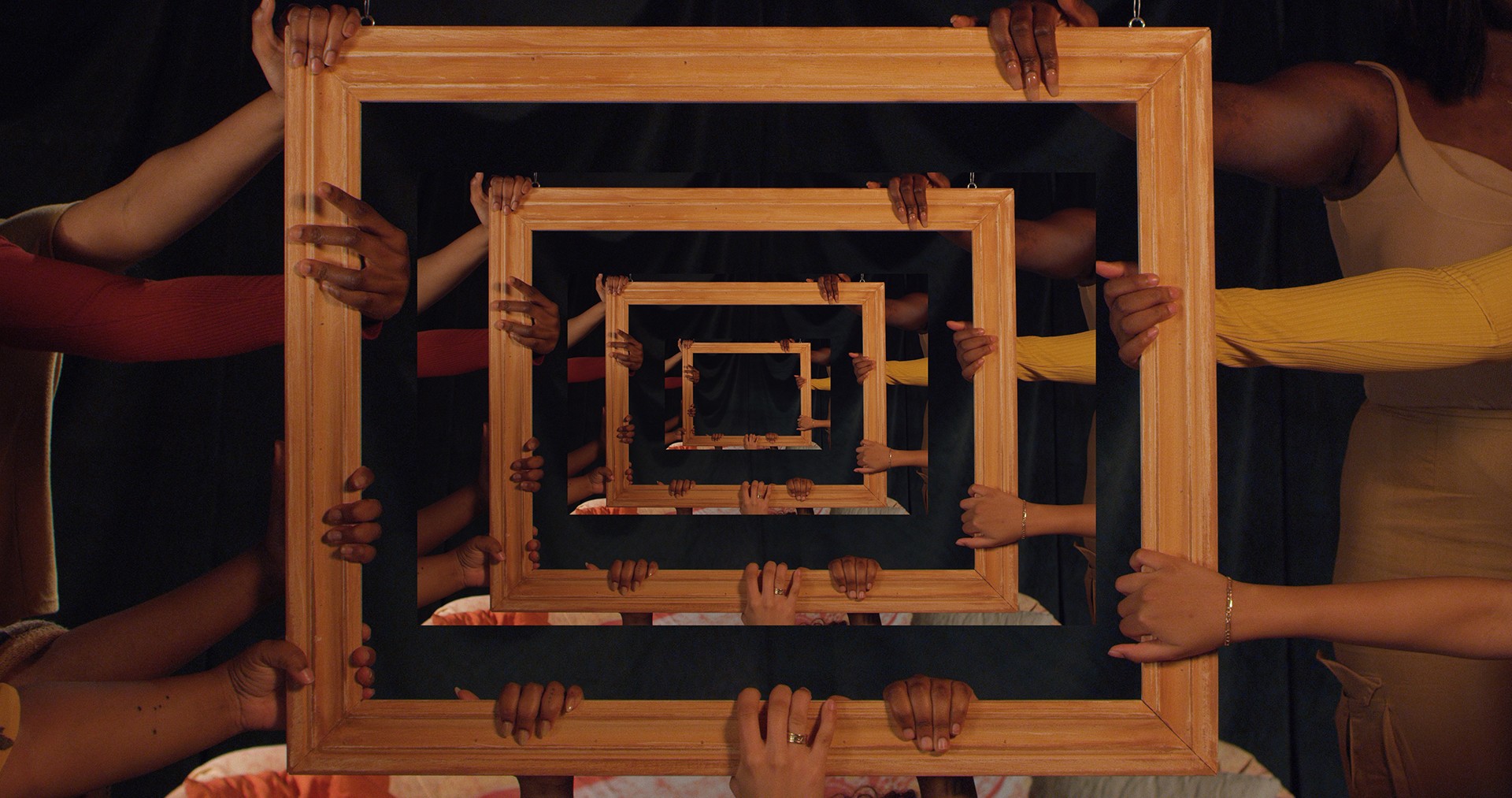
Essay
Dark Matter: The Metabolic Art of Black Womanhood
Author Faith Paré
Artist Laura Kamugisha
Artwork Mitochondrial, 2019
Before genus, gender, genre, what were we? Hundreds of cultures and countless ways-of-being in our bodies were razed in the hold of a ship, by a stroke in a merchant’s ledgers, in the eyes of a colonist’s stare, into a single, flat title of ‘Black woman.’ “To be listed, classified, organized at the very link”1 is to be named, which is not the same as having a name, just as flesh is not the same as skin.2 Director, writer, and editor Laura Kamugisha wades into our unchartered-ness in her short film Mitochondrial, asking how Black women’s interiority defies taxonomy. Like those who came before and fortified our existences as Black women artists today, Kamugisha seeks illuminations outside of the language of categorization and in the small, sticky, undefinable. She responds to “what were we?” with the mitochondrion, the mighty energy organelle of mysterious, adaptive biological origin.
Kamugisha defamiliarizes the viewer with the societal and symbolic dead ends where Black women are abandoned, that snuff our narratives before they even breathe. With a poet’s deft skill, Kamugisha’s stills encapsulate tremendous histories of violence without explication, and thus without spectacle — a serving dish, a flashing siren, a needle and a spoon cradling a bubbling substance. But these images are regenerated and made anew with the camera, confounding the degradation projected onto Black women’s realities. An empty, cast-off wine bottle, for example, is unmoored by the unexpected glitter of sea glass on its surface and a scroll of crinkled paper tucked into its mouth. The tenderness of this particular motif represents our innovations in language, technology, and geography to reach each other on our own terms.
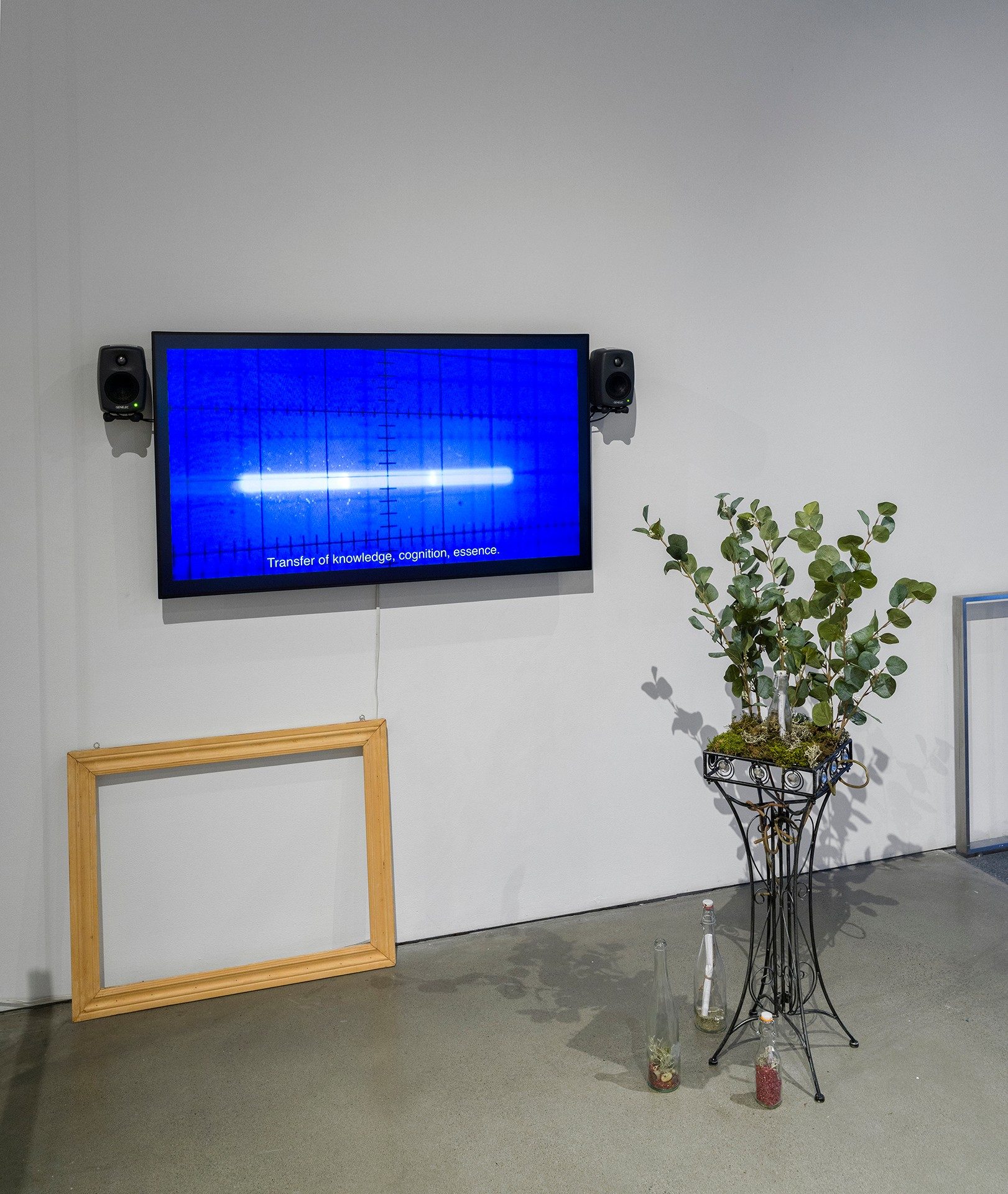
Photo by Guy L’Heureux
Like those who came before and fortified our existences as Black women artists today, Kamugisha seeks illuminations outside of the language of categorization and in the small, sticky, undefinable.
Mitochondrial itself is one of those innovations. In another scene, a picture frame hangs empty like a widened maw. It’s a portent of the optic as violence, posing Black women’s bodies and imposing upon our subjectivities. The frame’s aura of primacy is shattered by hands of warm brown shades that emerge from beyond its bounds, fumbling the wood grain and meeting each other’s palms. A chain reaction of jump-cuts intervenes, nesting previous shots so that multiple scenes transpire simultaneously inside one another in a surreal tunnel of visions.
The women grasp, caress, and scratch as a single tentacular form. An oscilloscope pulsates as if panting for air, the waveform on its display wildly fraying from the women’s collective energy. Kamugisha’s mitochondrion metaphor is expansive beyond its four-minute run-time because she keeps in sight the tension of aligning us with the cellular. The metaphor is somewhat troubling as science was and remains instrumental in white supremacy’s attempts to reduce us to bare life. Yet we elude the trappings of their tools, signified by the oscilloscope that is incapable of measuring, recording, or defining our unquantifiable Blackness. There is a part of us that is not under their microscope, that came before they peered into the dark continent of our hearts, before the Big Bang or “In the beginning…” when epistemology switched the lights on.
Kamugisha’s lens doesn’t vivisect Black womanhood to locate an essentialist core; it embraces our symbiogenesis : “becoming by living together.”3 The aspect ratio must expand, the frame broken through, to encompass us. The camera pans across a medley of cornrows, freckles, acne, lipstick, afros, tattoos, slicked baby hairs, gapped teeth, and dimples, bathed in honey-toned light. As the ethnographic gaze dissipates, Linnaeus is probably cussing, Agassiz is rolling in his grave. Let them. We revolutionized a new technology of sight and self-formation when we learned about each other in the dark. That molecular intertwining of sweat and blood and skin and coil, when what was mine forever became yours, we called it Black.
- Mitochondrial, directed by Laura Kamugisha (2019; Montreal, QC: Concordia University, Mel Hoppenheim School of Cinema).
- See Hortense J. Spillers, “Mama’s Baby, Papa’s Maybe: An American Grammar Book” in Black, White, and in Colour: Essays on American Culture (Chicago and London: The University of Chicago Press, 2003), 203.
- Duur K. Aanen and Paul Eggleton, “Symbiogenesis: Beyond the endosymbiosis theory?” Journal of Theoretical Biology 434 (12/2017), p. 99.
 Photo by Guy L’Heureux
Photo by Guy L’Heureux
Author’s biography
Faith Paré is a poet, essayist, and performer of Afro-Guyanese ancestry. She is completing an Honours B.A. in English and Creative Writing with a minor in Art History. Her research interests include modernist and contemporary visual culture of the Black Atlantic, Afro- and Indigenous futurisms, and archival studies. Faith has served as a research assistant for the national SSHRC project Inuit Futures in Arts Leadership: The Pilimmaksarniq/Pijariuqsarniq Project under Dr. Heather Igloliorte and as a co-organizer of the oral history speaker series Desire Lines: Mapping the Metadata of Toronto Arts Publishing, supported by the Art Gallery of York University, Artexte, and SpokenWeb.

